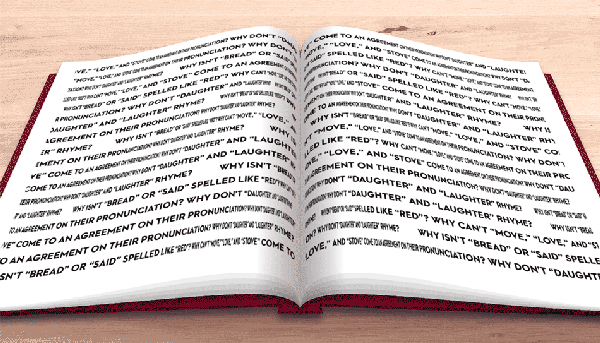| Is a controversial curriculum, entrenched in New York City’s public schools for two decades, finally coming undone?  Illustration by Kiel Danger Mutschelknaus Two and a half years ago, Jessica Winter’s kindergartner was learning to read, when Winter noticed something strange: her daughter wasn’t familiar with phonics. She soon discovered that her child’s school, in Brooklyn, was using a curriculum called Units of Study, developed by the education professor Lucy Calkins. The teaching is rooted in a method known as balanced literacy, in which young readers are encouraged to read books silently on their own, figuring out unknown words by looking at contextual clues: using “picture power” (guessing words based on illustrations) and memorizing common “sight words” (like “and,” “the,” and “who”). “What Calkins was proposing, it seems to me, was literacy by vibes,” Winter writes, in which children achieve reading fluency through “proximity or osmosis” rather than through phonics. In a fascinating reported piece, Winter traces the history of what have become the reading wars in America, and the lively, often confounding, opinions of adults that have shaped the lessons of children. (President Theodore Roosevelt once proposed simplifying the spelling of “fixed” to “fixt” and “kissed” to “kist.”) And she delves into the continuing battle over balanced literacy, which has dominated New York City’s public schools—and many others across America—for decades. —Jessie Li, newsletter editor Support The New Yorker’s award-winning journalism. Subscribe today » |
No comments:
Post a Comment